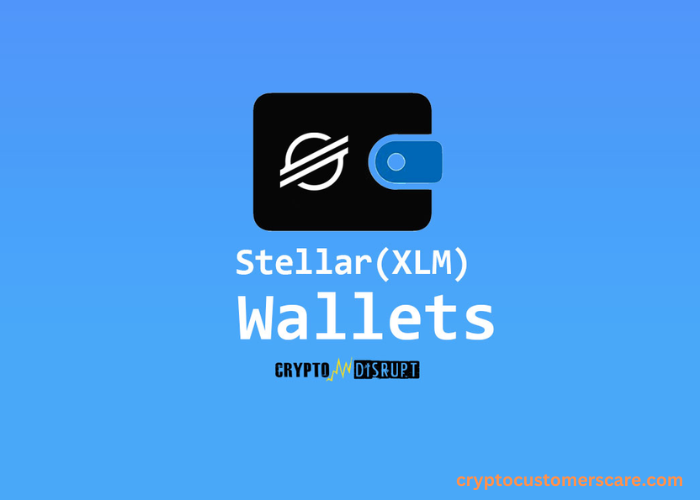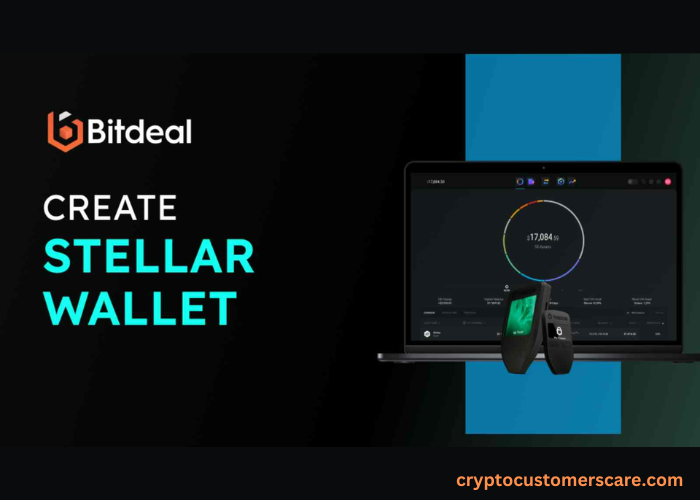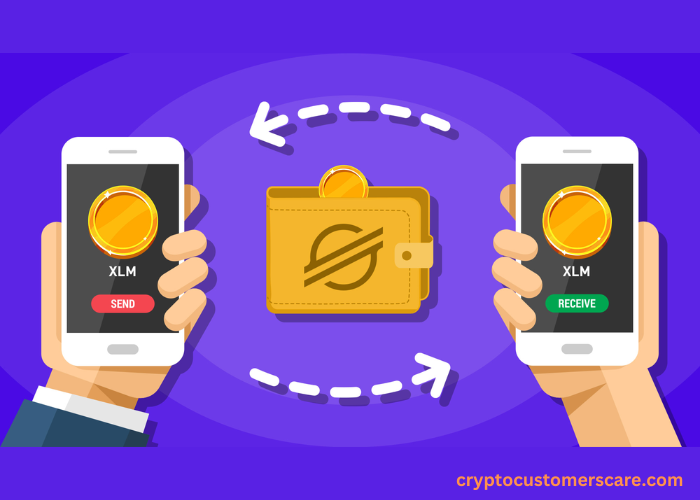The Ledger Nano S is a popular hardware wallet used for storing cryptocurrencies. It provides an added layer of security by keeping the private keys offline and away from potential hackers. The device is compact, portable, and easy to use, making it a preferred choice for many cryptocurrency enthusiasts. However, like any technology, it can sometimes encounter installation issues, preventing users from installing applications on their Ledger Nano S devices. In this article, we will explore the common causes of this problem and provide troubleshooting steps to resolve it.
Understanding the Installation Process
Before diving into the troubleshooting steps, it’s important to understand the installation process of the Ledger Nano S. Once you receive your device, you need to set it up by following the instructions provided by Ledger.
This involves connecting the device to your computer, creating a new wallet, and choosing a PIN code to secure your device. After the initial setup, you can start installing applications on your Ledger Nano S to manage your cryptocurrencies.
Common Issues with Ledger Nano S Installation
While the Ledger Nano S is known for its simplicity, users may encounter certain issues during the installation process. Some common problems include:
- Connection Issues: Sometimes, the Ledger Nano S may not establish a stable connection with the computer. This can be due to faulty USB cables, incompatible ports, or outdated drivers.
- Outdated Firmware: Ledger regularly releases firmware updates to enhance security and add new features. If your device has outdated firmware, it may not support the latest applications, resulting in installation errors.
- Insufficient Storage: The Ledger Nano S has limited storage capacity, and installing too many applications can fill up the device’s memory. When the device runs out of storage, it may fail to install new applications.
Ledger Nano S Unable to Install Application: Possible Causes
When you encounter the “Unable to install application” error on your Ledger Nano S, several possible causes could be responsible:
- Insufficient Device Storage: As mentioned earlier, if your Ledger Nano S is running out of storage space, it won’t be able to install new applications. To resolve this issue, you can uninstall some unused applications or consider upgrading to a Ledger Nano X with larger storage capacity.
- Outdated Firmware: Outdated firmware can prevent the installation of new applications. To address this, ensure that your Ledger Nano S is running the latest firmware version. You can check for updates on the Ledger Live software or the Ledger website.
- Connection Problems: Faulty USB cables, incompatible ports, or outdated drivers can disrupt the connection between your Ledger Nano S and your computer. Try using a different cable, connecting to a different USB port, or updating your drivers to resolve this issue.
Troubleshooting Steps for Ledger Nano S Installation Issues
If you are facing issues with installing applications on your Ledger Nano S, here are some troubleshooting steps you can follow:
- Check Device Storage: Connect your Ledger Nano S to the computer and open the Ledger Live software. Go to the “Manager” tab and check the available storage space. If it’s nearly full, uninstall unnecessary applications to free up space.
- Update Firmware: Launch the Ledger Live software and navigate to the “Manager” tab. If a firmware update is available, follow the on-screen instructions to update your device. Make sure to back up your wallet before proceeding with the firmware update.
- Check Connection: Ensure that your USB cable is functioning properly by trying a different cable. Also, connect your Ledger Nano S to a different USB port to rule out any issues with the port. If the problem persists, update your computer’s USB drivers.
Contacting Ledger Support for Assistance
If you have tried the troubleshooting steps mentioned above and still cannot install applications on your Ledger Nano S, it is recommended to reach out to Ledger’s customer support. They have a dedicated support team that can assist you in resolving the issue. Visit the Ledger website and navigate to the support section for contact information.
Alternatives to Ledger Nano S for Cryptocurrency Storage
If you are unable to resolve the installation issues with your Ledger Nano S or are considering other options, there are alternatives available for cryptocurrency storage. Some popular alternatives to Ledger Nano S include:
- Trezor: Trezor is another well-known hardware wallet that offers similar features to the Ledger Nano S. It supports a wide range of cryptocurrencies and has an intuitive interface.
- KeepKey: KeepKey is a hardware wallet that provides a secure way to store cryptocurrencies. It has a sleek design and a large display for easy navigation.
- MetaMask: MetaMask is a browser extension wallet that allows you to manage your cryptocurrencies directly from your web browser. It is convenient for users who frequently interact with decentralized applications.
Tips for Preventing Installation Issues with Ledger Nano S
To avoid encountering installation issues with your Ledger Nano S in the future, consider the following tips:
- Regularly Update Firmware: Keep your Ledger Nano S up to date with the latest firmware releases. This ensures compatibility with new applications and provides improved security features.
- Manage Device Storage: Be mindful of the available storage space on your device. Uninstall unused applications to free up memory and make room for new installations.
- Use Genuine Accessories: Always use genuine USB cables and accessories provided by Ledger. Using counterfeit or third-party accessories can cause connectivity issues and compromise the security of your device.
Conclusion
Proper installation is crucial for maintaining the security of your Ledger Nano S and ensuring smooth operation. By understanding the installation process, being aware of common issues, and following the troubleshooting steps provided in this article, you can resolve installation problems and enjoy the full benefits of your Ledger Nano S. Remember to reach out to Ledger’s customer support if you need further assistance. Additionally, explore alternative options like Trezor or KeepKey if you encounter persistent issues with your Ledger Nano S. By following the recommended tips, you can prevent future installation issues and securely manage your cryptocurrencies.







